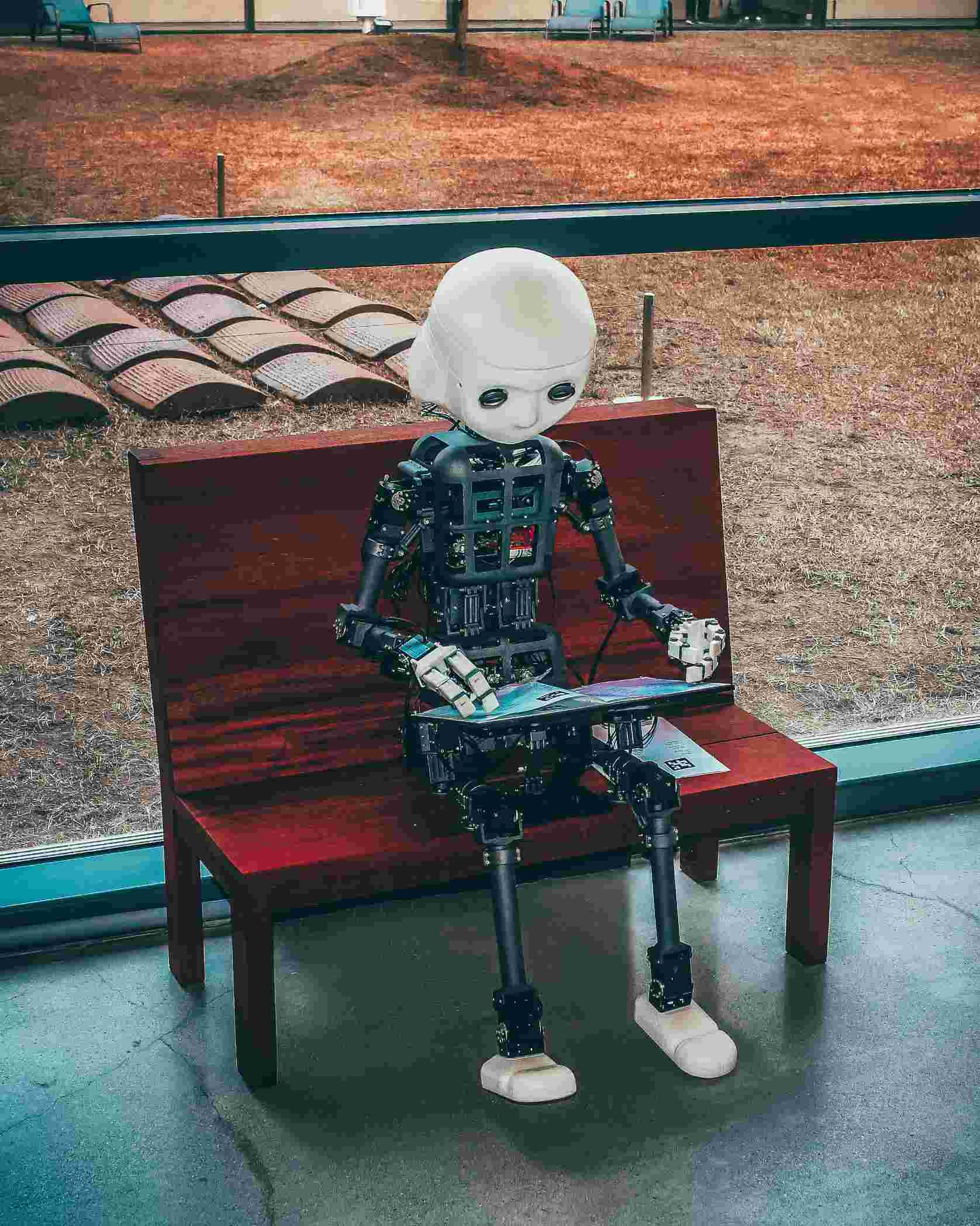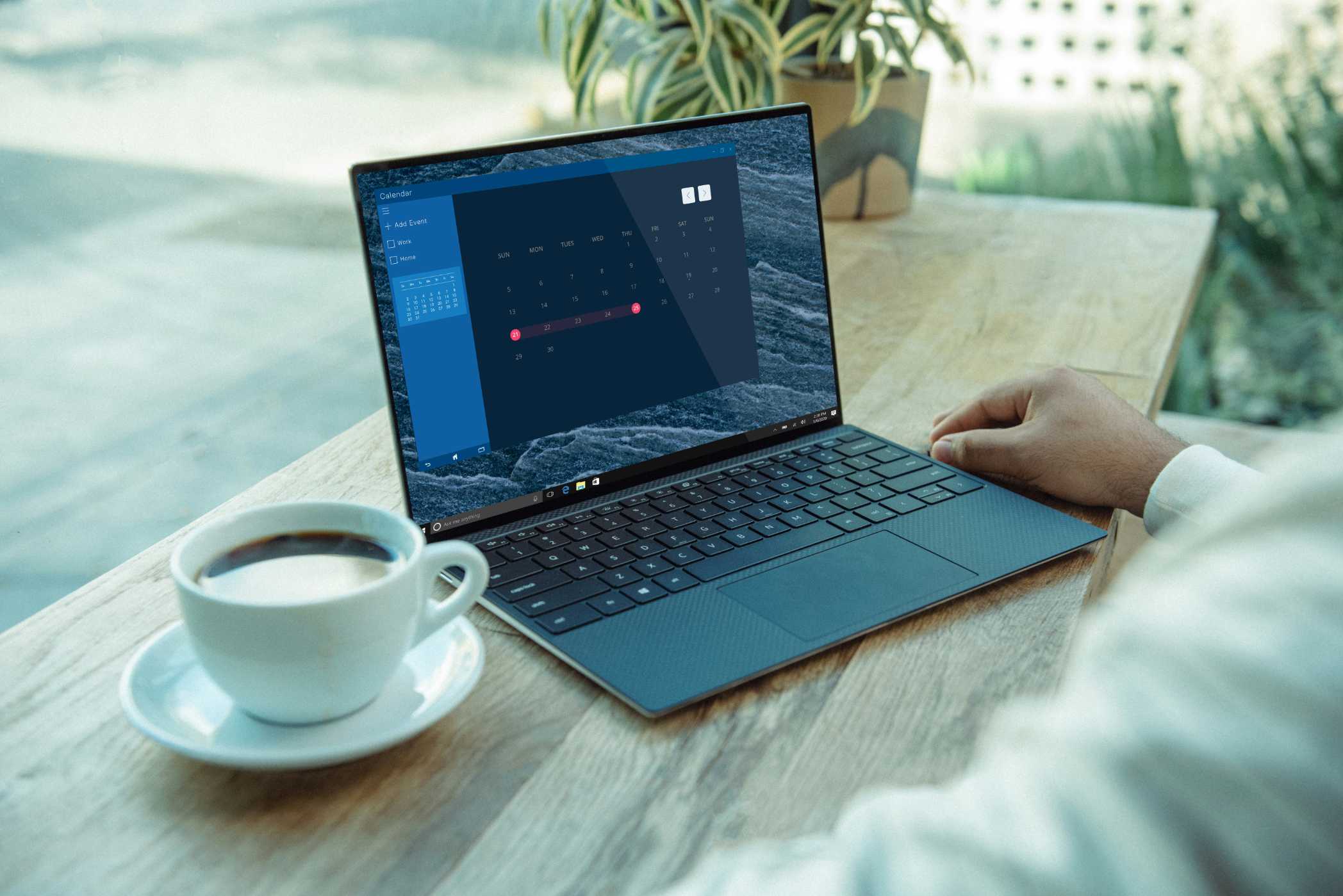The Future of Web3: 5 Key Trends to Watch in 2025 and Beyond
From modular blockchains to the rise of decentralized AI, we explore the five most important trends that will shape the evolution of Web3 in 2025 and beyond.

Introduction: The Next Evolution of the Internet
Web3, the vision of a decentralized, user-owned internet, has moved beyond the realm of speculative hype and into a phase of tangible innovation. While the bear market of recent years cleared out much of the noise, dedicated teams of developers have been quietly building the infrastructure and applications that will power the next wave of adoption. As we look towards 2025, several powerful trends are converging that promise to reshape the landscape of blockchain technology, decentralized applications (dApps), and the digital economy.
This article explores five key trends that are set to define the future of Web3. These are not incremental improvements but foundational shifts that address the core challenges of scalability, user experience, and real-world integration. From the rise of modular blockchains and the dawn of decentralized AI to the maturation of account abstraction and the growing importance of real-world asset tokenization, these trends represent the next stage in the internet's evolution. Understanding them is crucial for developers, investors, and users who want to stay ahead of the curve.
We will delve into each trend, explaining what it is, why it matters, and what its potential impact could be. The future of Web3 is not a single technology but a confluence of interlocking innovations. The pieces are finally coming together to create a more scalable, user-friendly, and powerful decentralized web.
1. The Modular Blockchain Thesis
The first and perhaps most significant trend is the shift from monolithic to modular blockchain architectures.
What is it?
Monolithic blockchains, like the current version of Ethereum or Solana, try to handle all three core functions of a blockchain on a single layer:
- Execution: Processing transactions and running smart contracts.
- Settlement: Finalizing transactions and resolving disputes.
- Data Availability (DA): Ensuring that all the data for a block has been published and is available for anyone to verify.
The modular thesis argues that doing all three of these tasks on one layer creates a bottleneck, limiting scalability. A modular blockchain, in contrast, unbundles these functions into specialized layers. For example, a rollup can handle execution, Ethereum can be used for settlement, and a dedicated data availability layer like Celestia can be used for DA.
Why does it matter?
This specialization allows each layer to be optimized for a specific task, leading to massive improvements in scalability and cost reduction. The most expensive part of a rollup transaction is posting the transaction data back to the L1 (the data availability cost). By using a cheaper, specialized DA layer, rollups can reduce their fees by an order of magnitude. This trend is creating a "modular stack" where developers can mix and match different layers to build a custom blockchain that suits their specific needs.
Impact in 2025:
By 2025, we will see an explosion of "app-chains" and highly specialized rollups built on this modular stack. Gaming projects will launch their own rollups with high throughput, DeFi protocols will create chains optimized for financial transactions, and social media dApps will leverage cheap DA layers to store user data on-chain. This will lead to a Cambrian explosion of new applications that are simply not economically feasible on monolithic chains today.
2. Account Abstraction (EIP-4337)
For years, the user experience of Web3 has been hampered by the complexity of managing crypto wallets, seed phrases, and gas fees. Account Abstraction (AA), particularly through standards like EIP-4337, is set to change this dramatically.
What is it?
Account Abstraction aims to make user accounts (wallets) themselves into smart contracts. This decouples the account from a single private key and allows for more flexible and powerful features. Instead of being controlled by a single, all-or-nothing seed phrase, a smart contract wallet can have custom logic.
Why does it matter?
AA unlocks a host of user experience improvements that are standard in Web2 but have been missing in Web3:
- Social Recovery: Instead of relying on a seed phrase, users can designate trusted friends or family members as "guardians" who can help them recover their account if they lose their primary device.
- Gasless Transactions: dApps can choose to sponsor their users' transactions by using a "Paymaster" contract. This removes the need for new users to acquire ETH before they can interact with an application.
- Batched Transactions: Users can approve multiple actions (e.g., approve a token and then swap it) in a single transaction, saving time and gas.
- Multi-device Security: Users can set up rules where large transactions require signatures from multiple devices (e.g., both a phone and a laptop), adding a layer of security.
Impact in 2025:
By 2025, account abstraction will become the default for most new users entering Web3. Wallets will feel more like modern bank accounts, with features like social login, biometric security, and flexible recovery options. This will be the single biggest catalyst for onboarding the next billion users, as it removes the steep learning curve and security anxieties associated with traditional crypto wallets.
3. The Intersection of AI and Web3
The parallel explosions of Generative AI and Web3 are on a collision course, and their intersection will unlock powerful new possibilities.
What is it?
This trend involves using Web3 infrastructure to build more transparent, decentralized, and user-owned AI models and applications. It also involves using AI to enhance the user experience and capabilities of dApps.
- Decentralized AI: Projects are emerging that allow for the creation of AI models owned and governed by a DAO. Users can contribute data and compute power to train these models and, in return, receive a share of the ownership and revenue.
- AI Agents on-chain: Smart contracts are being developed that can call AI models directly, allowing for dApps that can make autonomous, intelligent decisions based on real-world data.
- AI-Enhanced UX: dApp frontends will use AI to provide natural language interfaces. Instead of clicking buttons, a user could simply type, "Swap 1 ETH for USDC and then stake it in the lending pool."
Why does it matter?
Web3 can solve some of the biggest problems with AI today, namely centralization and lack of transparency. By putting AI models on-chain, we can have auditable, community-owned models that are not controlled by a single corporation. Conversely, AI can solve Web3's biggest problem: user experience. Natural language interfaces will make dApps infinitely more accessible to a mainstream audience.
Impact in 2025:
In 2025, we will see the first breakout AI dApps. This could include decentralized social media platforms where the content recommendation algorithm is a DAO-governed AI, or DeFi protocols that use AI agents to automatically optimize yield farming strategies for users. The concept of a "prompt" will become a core primitive of Web3 interaction.
4. Real-World Asset (RWA) Tokenization
The tokenization of real-world assets is the bridge that will connect the trillions of dollars in the traditional financial system with the efficiency and transparency of DeFi.
What is it?
RWA tokenization is the process of creating a digital representation of a physical or traditional financial asset on a blockchain. This could include real estate, private equity, government bonds, or art. These tokens represent a claim on the underlying asset.
Why does it matter?
Bringing real-world assets on-chain has enormous benefits:
- Liquidity: It can turn illiquid assets, like a piece of real estate or a stake in a private company, into liquid tokens that can be traded 24/7 on a global market.
- Fractionalization: It allows for the fractional ownership of high-value assets. You could own $100 worth of a commercial building in New York.
- Transparency: Ownership and transaction history are recorded on a public ledger, increasing transparency and reducing fraud.
- Efficiency: It automates and streamlines complex processes like settlement and dividend payments through smart contracts, reducing the need for intermediaries.
Impact in 2025:
By 2025, tokenized US Treasury Bills will become a foundational "money lego" in DeFi, offering a stable, low-risk yield that is native to the blockchain. We will also see the first major tokenization of assets like real estate and private credit, creating new investment opportunities for crypto natives and bringing a flood of new capital into the DeFi ecosystem.
5. The Rise of Decentralized Physical Infrastructure Networks (DePIN)
DePIN is a rapidly growing sector that uses token incentives to build and operate real-world physical infrastructure in a decentralized manner.
What is it?
DePIN projects create a two-sided market. They incentivize individuals and businesses to contribute their underutilized physical resources (like storage space, internet bandwidth, or compute power) to a network. Users on the other side of the market can then purchase these resources at a fraction of the cost of traditional centralized providers.
Why does it matter?
DePIN has the potential to disrupt some of the most centralized industries in the world:
- Cloud Storage: Projects like Filecoin and Arweave incentivize users to rent out their spare hard drive space, creating a decentralized alternative to Amazon S3.
- Wireless Networks: Projects like Helium create decentralized wireless networks by rewarding people for deploying hotspots in their homes and offices.
- Compute Power: Networks like Akash allow users to rent out their spare GPU capacity for tasks like AI training, creating a decentralized competitor to AWS and Google Cloud. The token incentives allow these networks to bootstrap their supply side much more quickly and cheaply than a traditional company could.
Impact in 2025:
In 2025, DePIN will move from a niche category to a major driver of real-world Web3 adoption. We will see dApps that natively use decentralized storage, and AI companies will increasingly turn to decentralized compute networks for their training needs. DePIN will prove that Web3 can be used to build not just digital economies, but tangible, real-world infrastructure.
Conclusion: A New Chapter for Web3
The future of Web3 is modular, intelligent, and deeply connected to the real world. The trends outlined above are not isolated phenomena; they are interconnected and will build on each other. Account abstraction will make it easier for users to interact with modular app-chains. Tokenized real-world assets will become the collateral that powers a new generation of AI-driven DeFi protocols. DePIN networks will provide the decentralized infrastructure needed to run it all.
The "dial-up" phase of Web3 is ending. The infrastructure for a more scalable, user-friendly, and impactful decentralized internet is finally here. The next few years will be defined by the applications that are built on top of this new foundation, moving Web3 from a niche interest for crypto enthusiasts to an integral part of the digital lives of billions.


